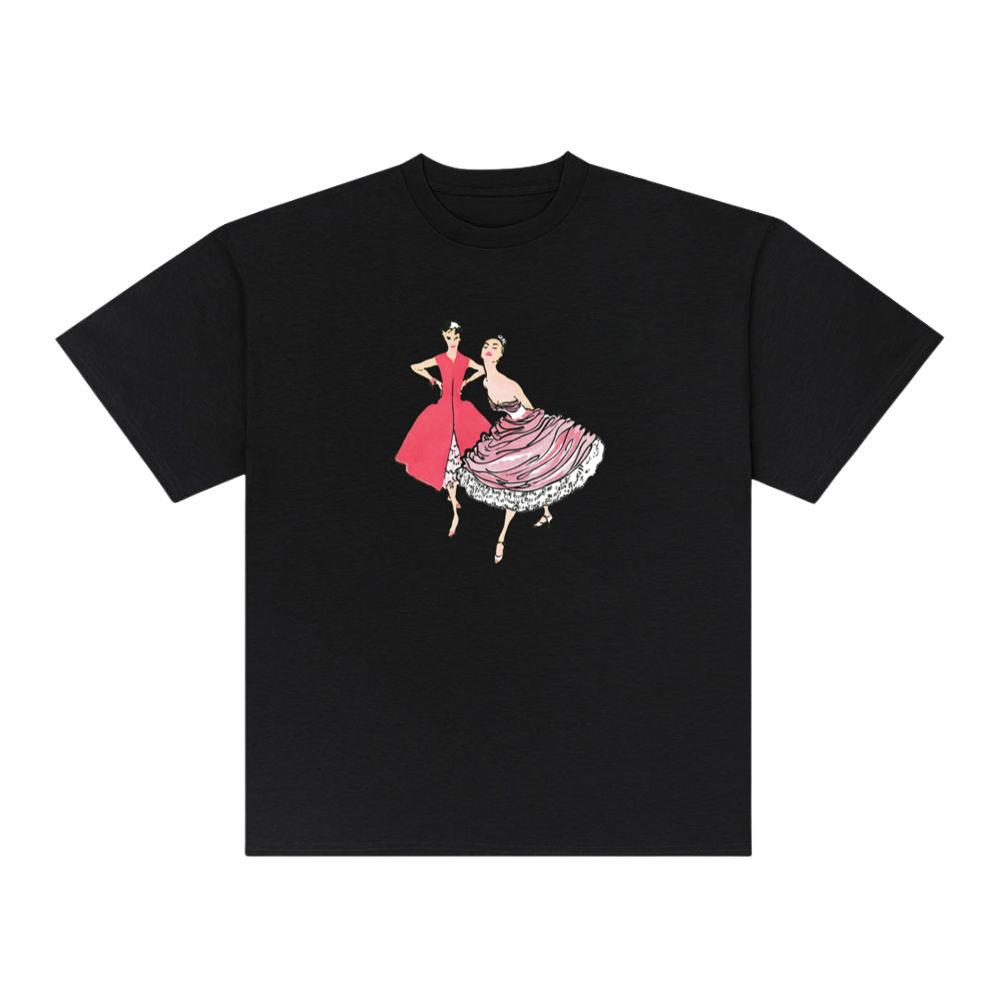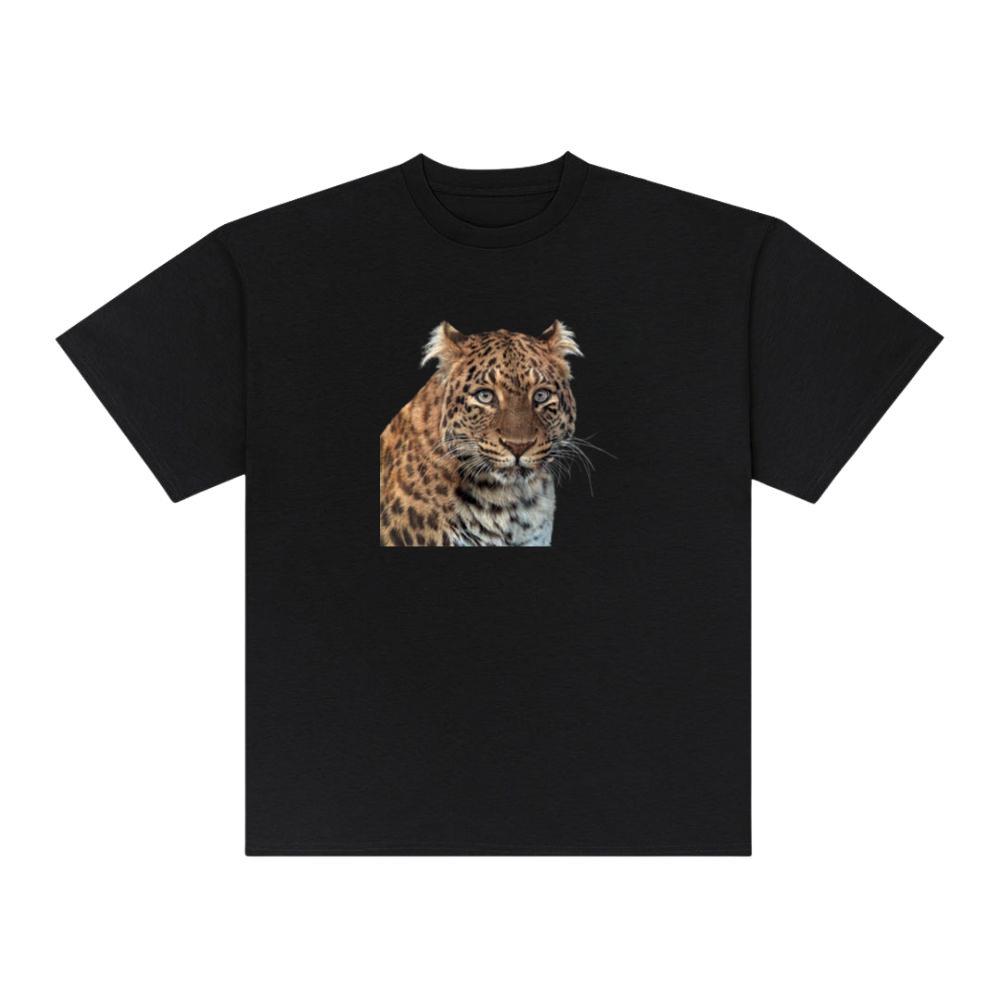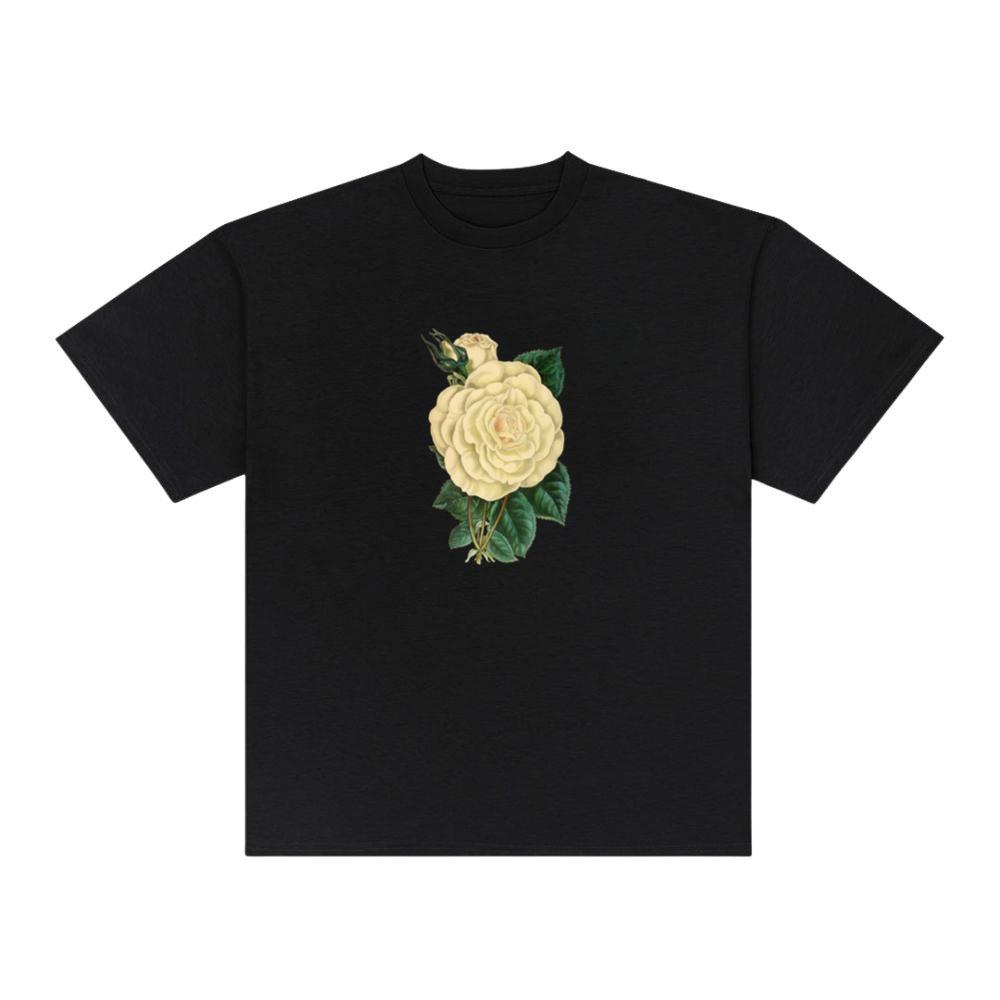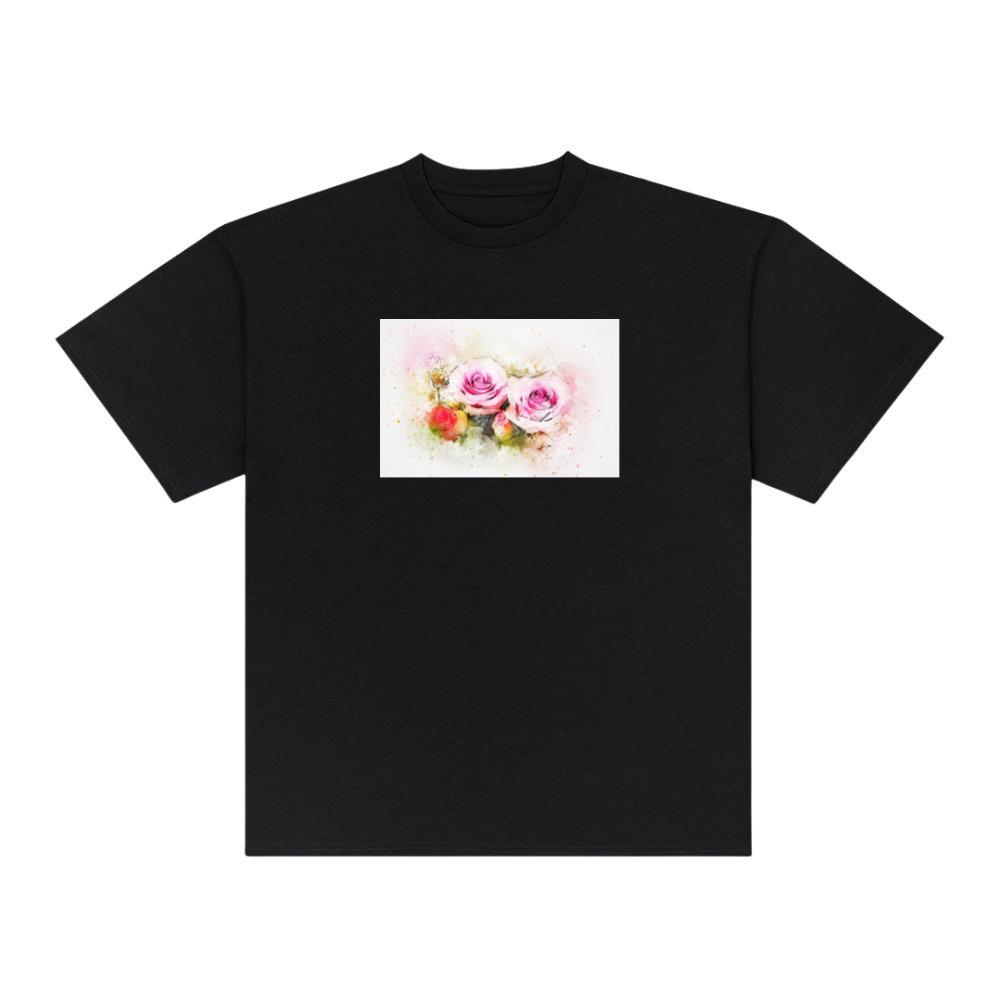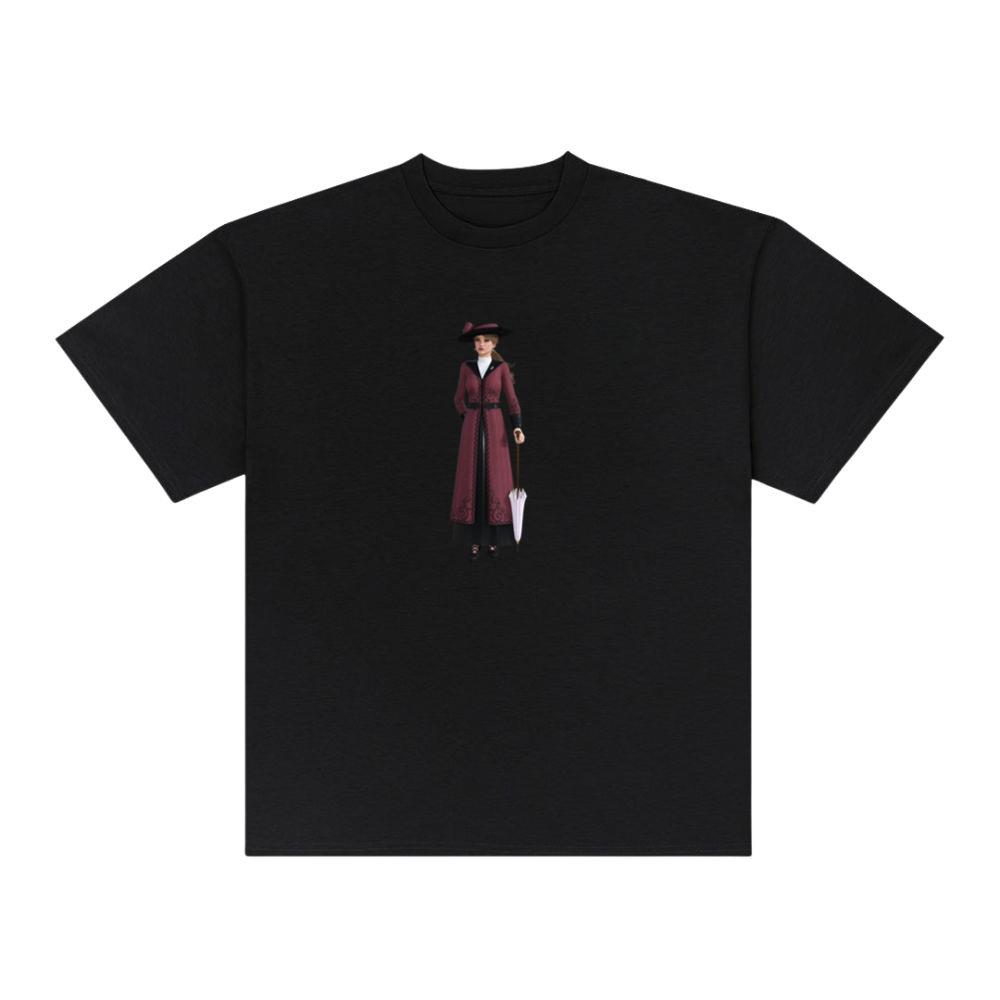Introduction
The landscape of fashion in 2025 has been dramatically reshaped by the seamless integration of digital technology into every stitch and seam. From mobile apps that suggest your daily outfit based on weather and schedule to hyper-personalized digital avatars that mirror your style preferences across virtual platforms, fashion is now more connected, interactive, and intelligent than ever before. This era of tech-savvy fashion doesn’t just focus on how we wear clothing—it’s about how we use technology to express identity, connect with communities, and navigate a hybrid world of physical and virtual realities.
In this futuristic wardrobe ecosystem, smartphones, smart fabrics, augmented reality (AR), virtual reality (VR), and artificial intelligence (AI) are no longer separate accessories but integral components of daily style choices. Retailers, designers, and consumers now coexist in a digitized space where fashion is dynamic, data-driven, and highly responsive. The convergence of fashion and technology has unlocked a new paradigm that transforms how we shop, style, and socialize. This article explores the transformative journey of fashion from simple mobile interfaces to immersive digital avatars, illustrating the evolution of how tech shapes what we wear and how we wear it.
Apps That Dress Us: The Rise of Intelligent Wardrobe Assistants
Mobile fashion apps have gone far beyond e-commerce platforms and inspiration boards. In 2025, wardrobe apps are AI-driven personal stylists. They analyze your calendar, weather data, past outfits, biometric input, and even mood to create real-time outfit suggestions. This new generation of apps acts like a fashion concierge, providing not only visual ideas but also linking your smart closet to retailers for automated suggestions when you’re low on a particular staple.
Apps like StyleMind, DrapeAI, and ModaLink are examples of platforms that blend fashion forecasting with machine learning. These applications learn your preferences over time, adjust their recommendations based on peer influence or social engagement, and even simulate future trend cycles. Many of these tools now come integrated with AR try-on functionality, letting users preview how clothes will look on their bodies before purchase. With 3D scanning through smartphones, the virtual fitting room has become a daily habit, not just a novelty.
The Role of Smart Fabrics and Wearables
Tech-savvy fashion isn’t just digital—it’s woven into the fabric of what we wear. In 2025, smart textiles embedded with sensors monitor body temperature, heart rate, posture, and hydration levels, offering functional health feedback without sacrificing style. Fitness enthusiasts, corporate professionals, and even casual consumers benefit from clothing that reacts to their environment and physiology.
Smart fabrics now integrate with mobile apps, enabling users to track their performance throughout the day or switch their clothing’s color and texture with a single command. Outfits are no longer fixed—they are adaptable interfaces. With the growth of conductive threads and nano-coating technologies, garments can now display LED patterns, adapt to sunlight, or charge small devices through kinetic energy. Sustainability also benefits, as responsive clothing adjusts to environmental changes, potentially reducing the need for excessive layering and consumption.
Augmented Reality Mirrors and Personalized Shopping Experiences
The retail experience in 2025 is dominated by immersion and interactivity. Augmented reality mirrors in stores or at home allow users to see themselves in different outfits instantly. These mirrors, powered by facial recognition and motion tracking, not only visualize clothing on the user but also make style suggestions based on facial expression, posture, or social media trends.
This tech-forward retail experience bridges digital and physical realms. Some brands operate entirely through AR pop-ups, allowing shoppers to browse virtual racks in public spaces, scan QR codes, and complete purchases through gestures or voice commands. The boundaries between browsing and experiencing have collapsed, creating a shopping ecosystem that is immediate, intuitive, and deeply customized.
Avatars as Personal Style Repositories
Digital avatars are the newest extension of fashion expression in 2025. More than profile icons, avatars represent personal branding across multiple platforms—from gaming environments and workplace meetings to dating apps and fashion marketplaces. As virtual identity becomes central to digital life, what your avatar wears carries real social weight.
Consumers now invest in wardrobe packages for their avatars, often synchronized with their physical closet through digital twin technology. When you purchase a designer item in real life, a digital version for your avatar is automatically added to your metaverse wardrobe. Avatars can also showcase exclusive digital fashion, giving users the thrill of experimentation with styles not bound by physical constraints—floating fabrics, glowing accessories, or responsive color shifts that sync to online interactions.
Conclusion
Tech-savvy fashion in 2025 represents more than an upgrade in style—it marks a revolution in how humans connect with clothing. Fashion has become interactive, intelligent, and inseparable from the devices and digital personas we use every day. Whether it’s through AI-powered outfit apps, smart clothing that reacts to the world, or expressive avatars living their best dressed lives online, technology is now woven into the very essence of how we define personal style.
This transformation challenges traditional notions of fashion as static or one-dimensional. Instead, we enter a world where your wardrobe talks to your calendar, your shirt regulates your body temperature, and your avatar wears couture in a digital city halfway around the world. Fashion in 2025 is fluid, forward-thinking, and fundamentally hybrid—designed for a generation that lives simultaneously in physical spaces and digital dreams.




